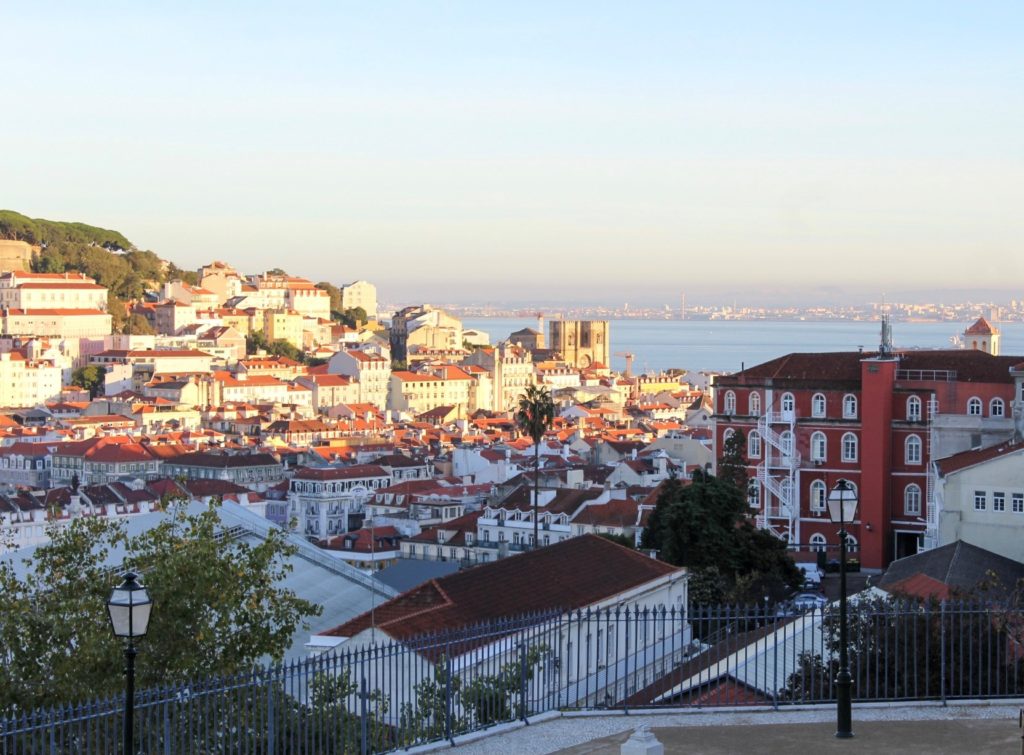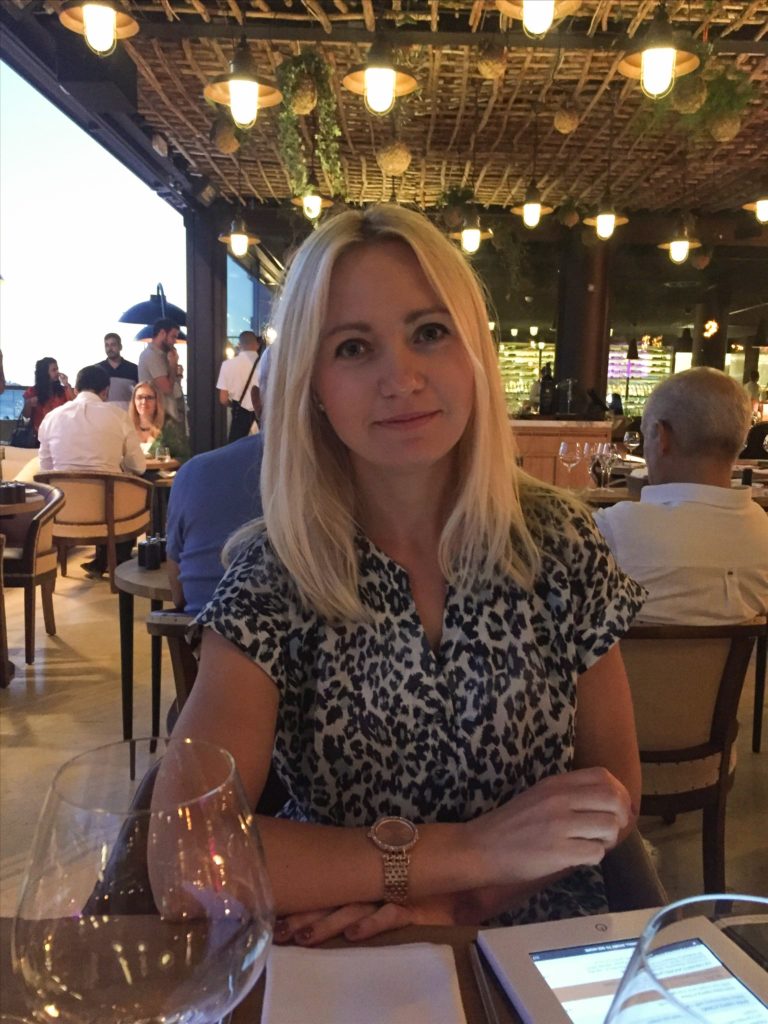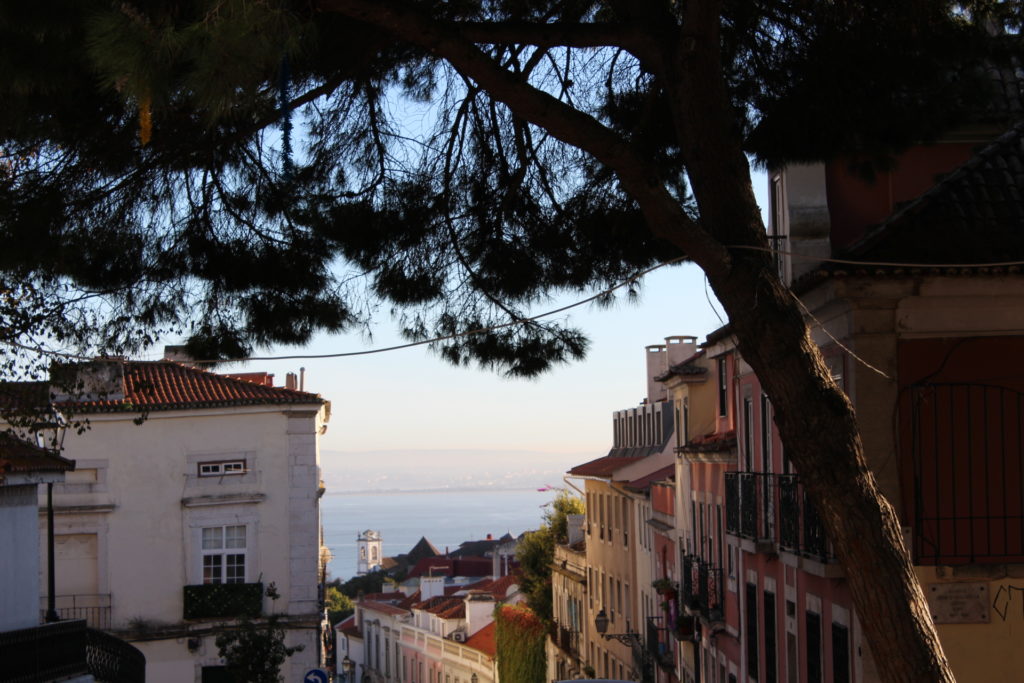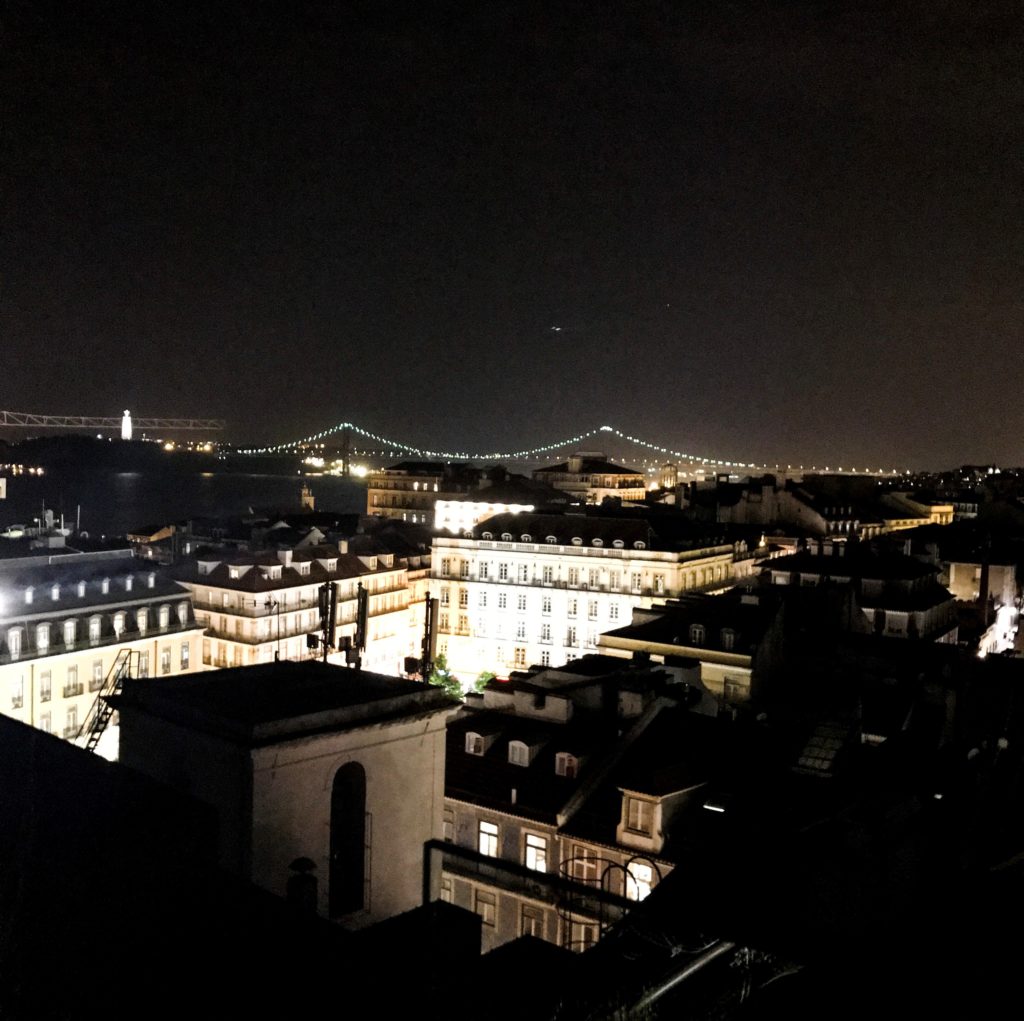Lisbon, the fashionable city

Lisbon is a twenty centuries old city.
Lisbon, the fashionable city. It is the capital of Portugal, lies by the Tagus River and has a very particular beauty and luminosity that places her among the main touristic capitals of Europe.
Its architecture, beauty and history, places Lisbon as a city coveted by tourists and investors, who seek to visit her, and all the places where from the Portuguese discoverers departed throughout the world.
Rich in monuments, typical quarters, such as Baixa Pombalina, Belém, Bairro Alto, Chiado, Bica, Alfama and Mouraria, waterfront, Fado houses, parks, gardens and sightseeing places, Lisbon is a city where its visitors have plenty of cultural patrimony to discover, visit and enjoy.
Known as the city of seven hills, matched only by Istanbul, Lisbon is also a modernized city where technology, culture and innovation mingle with tradition and history.
Lisbon has always had a maritime foresight.
Nowadays, so many years after the maritime discoveries, Lisbon faces again the sea, as a potential, strategic and touristic goal.
The excellent hotels turned to the river, the new port for cruise ships, and the possibility to stroll along the coastline on a sail boat, are more than enough reasons to visit Lisbon.

Being located by the Atlantic Ocean, provides Lisbon with an excellent traditional cuisine. Besides the fresh fish, which can be found in all restaurants, visitors can also find seafood, such as pataniscas de bacalhau, peixinhos da horta, and sardinha assada no pão, especially during the Saints festivities, which take place every year in June. The renowned bife à café, is considered an ex-libris of Lisbon. The most famous sweet is the traditional pastel de nata, also known as pastel de Belém, which is manufactured in an old factory in Belém.

In order to learn and know more about Lisbon, one needs to take strolls along its typical quarters. Alfama is one of the most characteristic and one of the few places in Lisbon that survived the 1755 earthquake. It displays a unique architecture, with Arab and medieval roots and narrow streets. Here one can find and enjoy several live fado song shows. The singer Amalia, is the most famous and the one who transported the fado song throughout the world. In Alfama one can visit the castle of S. Jorge, at Lisbon’s highest hill, which has a breath-taking view over the city, the old church of Lisbon, the Sé de Lisboa, the Panteão Nacional, the Feira da Ladra, and the Miradouro de Santa Luzia.
Bairro Alto is also one of the typical quarters of Lisbon. It lies in the city centre, up pombalina downtown. It is an area for shopping, living and entertaining. Nowadays, it is also a place visited by tourists, and where one can find the best entertainments in the city. Here gather those who enjoy having dinner and mingle with friends for a nighttime drink at the several pubs.

By the waterfront, eastside of the city, lies Belém, representative of the Portuguese Discovery Era. Here one can find the Unesco architectural monuments, such as the Mosteiro dos Jerónimos, erected by the Portuguese king D. Manuel I, in 1501, which is the best example of the Manuelino Style. This architectural movement, which took place in Portugal, and whose inspiration are maritime elements, is also associated with the Renaissance and Baroque. Here lie the remains of Luis de Camões, author of the Lusiadas, and those of Vasco da Gama. In this quarter one can also find several seafood restaurants, by the river.
Near the Mosteiro dos Jerónimos, lies the Torre de Belém, a military fort of surveillance over the River, and an ex libris of Lisbon. It is precious to see. One can also find in this quarter the Padrão dos Descobrimentos, Museu Nacional dos Coches, Museu da Eletricidade and Belém Palace, which is the official residence of the Portuguese President.
After having lunch in Belém, and having dinner in Bairro Alto, one must also visit the quarter Estrela, which has a 100 years old park, inspired by the London Hyde Park. The Basilica da Estrela, neoclassic style, is its main attraction, such as the Parliament and the Cemitério dos Prazeres.
And yet, Lisbon is also a modern city, with a variety of shops at Avenida da Liberdade, where one can shop while taking a stroll. There, one can find rooftops and fashionable restaurants. The all year round special light of Lisbon enhances the fabulous views one can enjoy in those places.
Representing one of the most modern quarters in Lisbon, is the Parque das Nações, which was built in 1988 as a host of the world’s exhibit Expo 98, and whose underlying theme was the Ocean. This quarter, still known as Expo, characterizes for having everything its inhabitants and visitors might need, from shopping malls, museums, hotels, restaurants, and a casino. It is also the place for one of the main train stations of Lisbon – Estação do Oriente – and 5 minutes by car to the Lisbon airport.

Another fashionable quarter is also Beato. This quarter has experienced a new cultural dynamic in the XX century. It is a former manufacturer quarter, for the main industries lie by the River. Nowadays, these places entertain exhibits, museums, restaurants. Here one can also find nightlife and contemporary art galleries. One of the main of such places is the Museu Nacional do Azulejo, and the Grilo Palace. This quarter will also be home to the future entrepreneurial hub of Lisbon.
For all those who seek a unique experience of a city with student life, hospitality, tradition, history, culture, entertainment, gastronomy and wellbeing, Lisbon is an unforgettable place.






